Nandamuri Taraka Rama Rao, widely known as NTR, was not merely a film star who strayed into politics and captured power in Andhra Pradesh. The actor-politician redefined the political culture in the state and scripted a new political idiom. Ramesh Kandula’s lucid and objective biography, Maverick Messiah captures the different facets of NTR’s life in all their varied hues and puts in perspective the significant contribution of the actor-politician to the Indian political tapestry.
Read on for a stirring account of NTR’s sensational debut campaign in this excerpt from Maverick Messiah.
NTR was far more than a media product. He could create enormous interest for himself and his party on the strength of his own personality. The election campaign in AP completely transformed after NTR’s appearance on the political scene. Years of acting had taught him the art of effective communication. Add that to his extreme dedication in reaching out to every village and hamlet across the state. He believed in appealing to the people directly, instead of resorting to vote-gathering through local satraps and caste groups.
NTR abhorred any mediators between him and the common man. He was able to make even an illiterate woman in the far corner of the state believe that she could change her fate through the ballot. He took politics to the threshing points of hapless farmers, the machine wheels of disconsolate workers and the doorsteps of the despairing middle class.
From day one, NTR was meticulous in his plans to take the party forward. After the hugely successful Mahanadu (NTR brought into vogue this archaic Telugu expression which meant a ‘great day’ on which the general body of the party met) in Tirupati in May 1982,65 NTR was ready to hit the road. Elections were far away, but he was focused on his goal—to tell people of his mission.
Daggubati recalled how NTR went about preparing for the trail. After the first round of campaigning in Telangana in June1982, it was found that the open-top jeep was not a convenient vehicle for a prolonged roadshow. NTR went to the garage at Ramakrishna Studios and pointed at an old van—a Chevrolet of 1950s vintage. It was apparently one of the many items NTR had bought when Gemini Studios in Madras had downed shutters. The van looked like junk, but NTR sent for his mechanic, Allen in Madras, and gave elaborate instructions on refurbishing it. The engine and tyres were replaced, and new aluminium panelling was installed inside. Seats were removed and replaced by bedding, an aircraft-style chair, a table, and crates of soda and other knick- knacks. A framed picture of Lord Venkateswara and his consort Padmavati hung on one side. A sunroof was made so that he could climb up with the help of a stepladder to the roof of the van during the roadshows.
A permanent public address system was installed on top of the van. Four speakers on the four corners of the camper van blared specially composed as well as remixed old songs that were designed to arouse nationalist feelings about the Telugu land, its people, language and culture. Focus lights were installed on the van to enable NTR to speak even during late evenings. In his theatrical style, NTR called it Chaitanya Ratham. It became so popular on the Indian election scene that many other leaders adopted the mode. Upendra, who accompanied him throughout the campaign, recalled the first day, when he had to face a tongue-lashing from NTR for not reporting promptly at 5 a.m. NTR asked Nadendla to campaign separately. The former Congressman’s roadshows gained little traction though.
It was on Chaitanya Ratham that NTR, attired in khaki pants and a bush shirt, traversed across the state. The van became his home during his extensive tours. He never stayed in guest houses and refused to be entertained in the luxurious homes of fans or well-wishers. He chose to carry out all his activities—eating, sleeping or consultations with advisers—on the Ratham. His morning ablutions were performed in the open, surrounded by curious onlookers. Food consisted of simple fare, at times only roti and milk, prepared on the roadside by an assistant.
As surging crowds demanded all his time, he often went without food. He slept little and spent all his waking hours giving speeches. His voice became hoarse; his complexion turned dark. From his attire to his demeanour, the blaring songs from his Ratham to his outdoor bathing, the theatrical aspect was obvious. But people saw it differently. No one except NTR, they felt, could have chosen to go through such a rigmarole without any creature comforts. The rather simple mode of transport also enabled him to establish direct contact with people. His experiment saved both time and money. There were no expensive travel arrangements, no entourage, no elaborate lunches and dinners, and no guest houses.









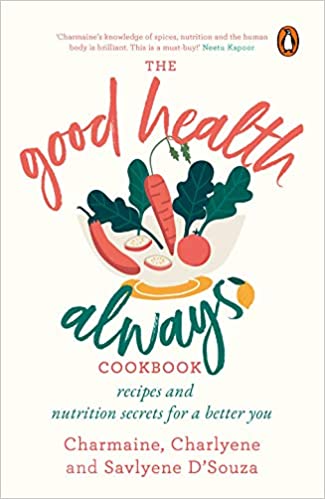
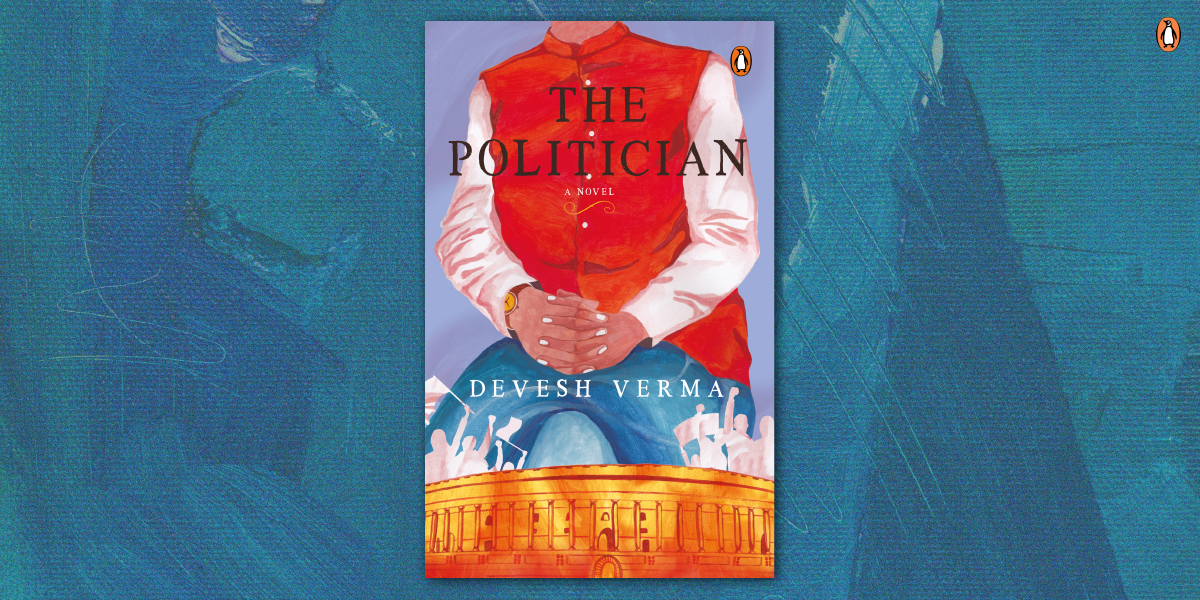
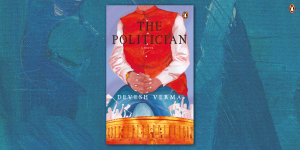
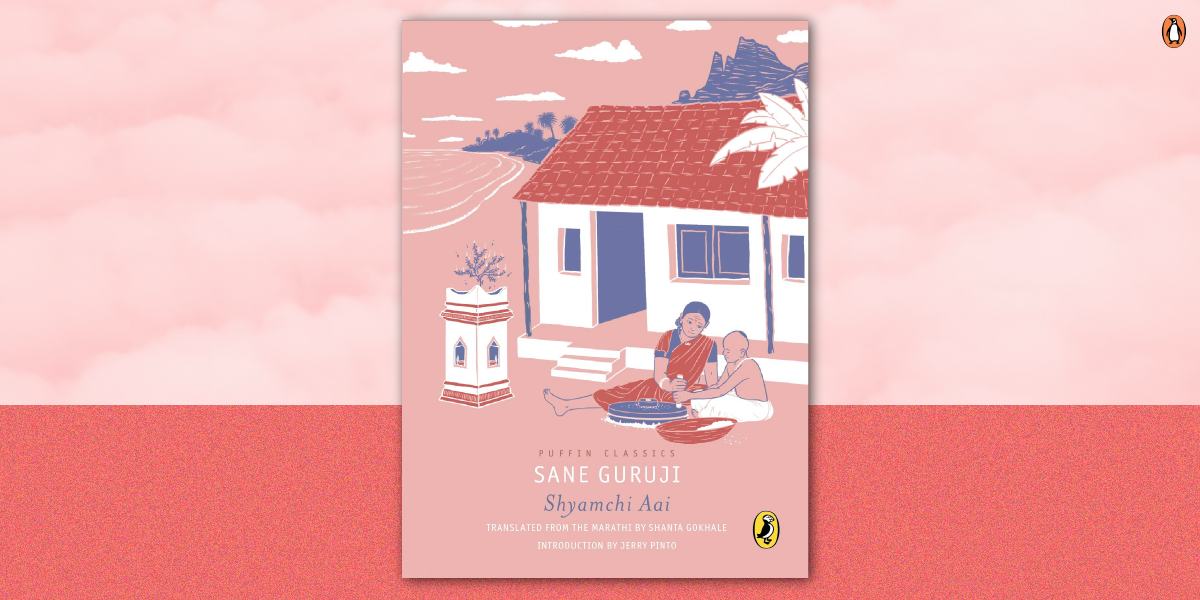

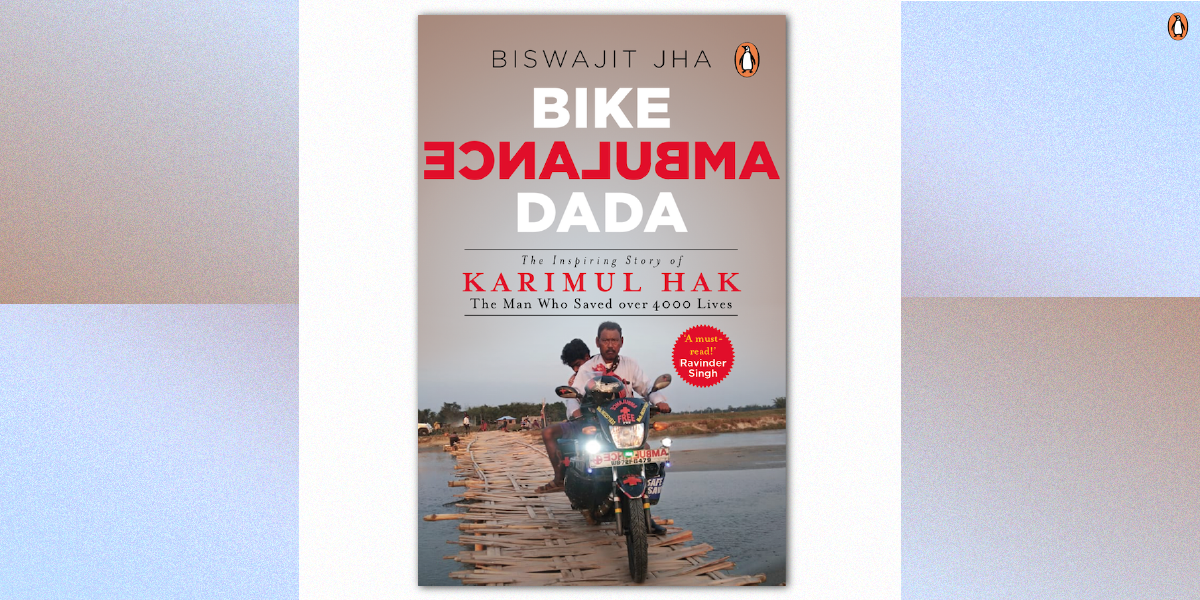
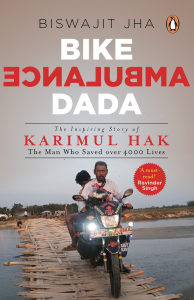
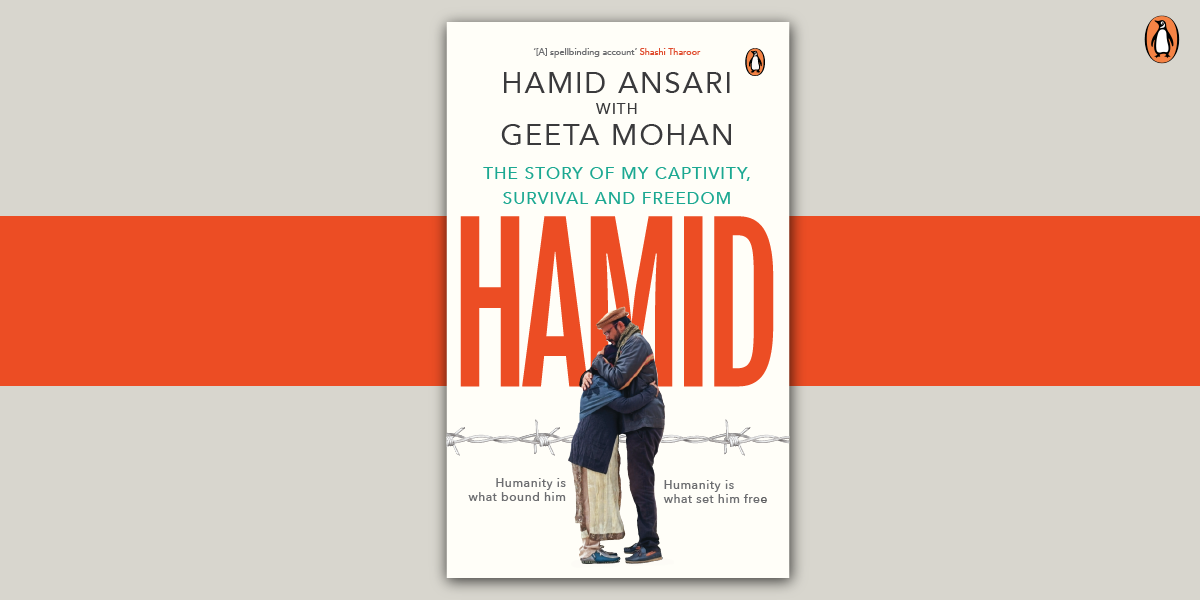
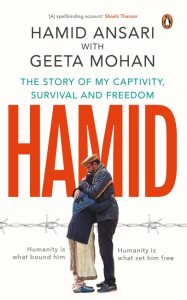
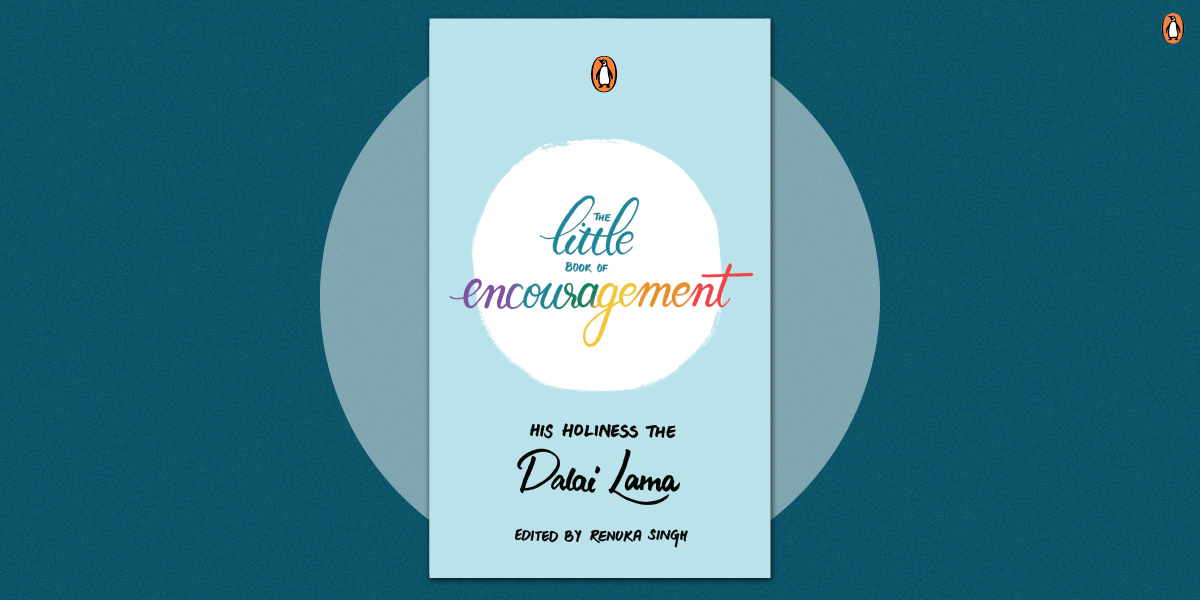
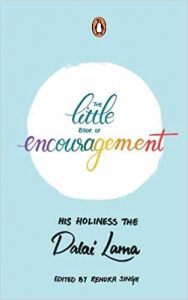
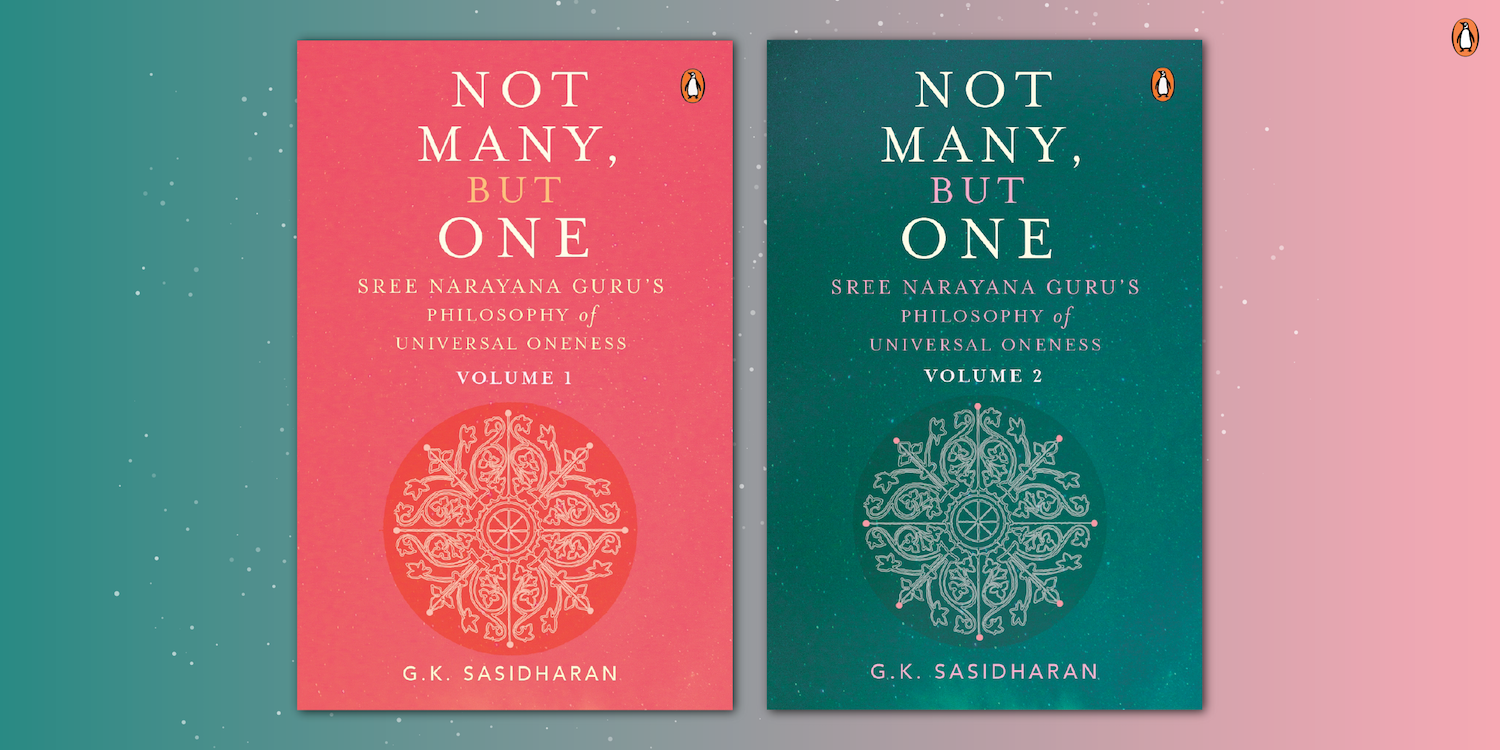
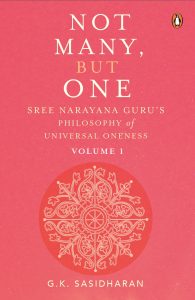
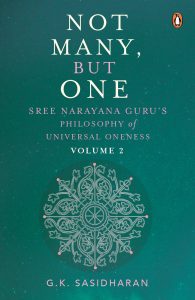
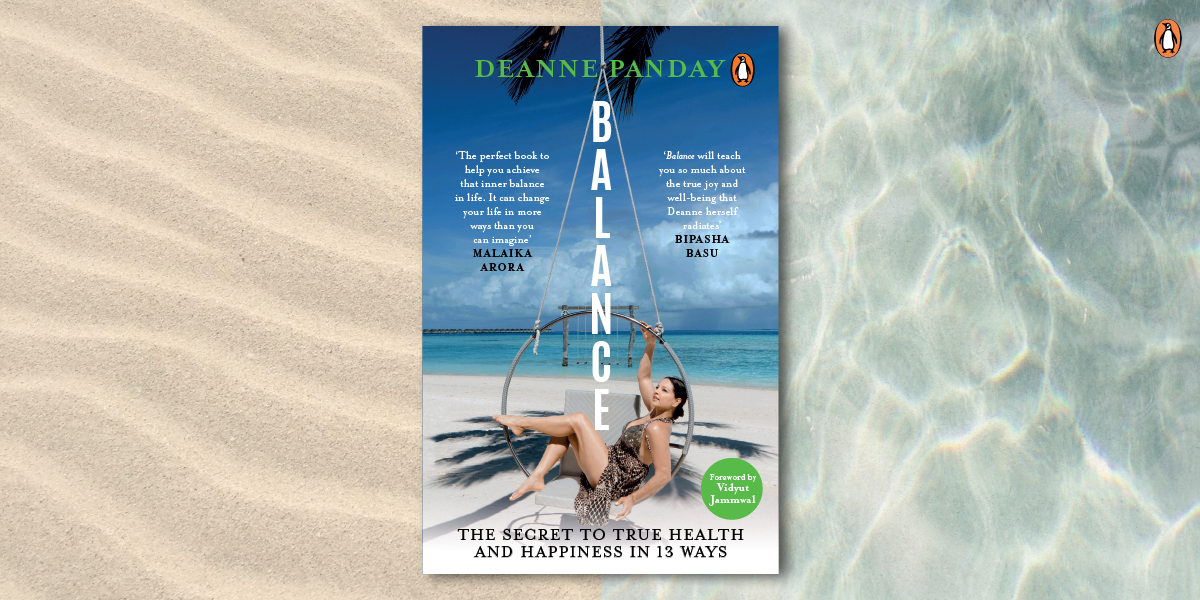

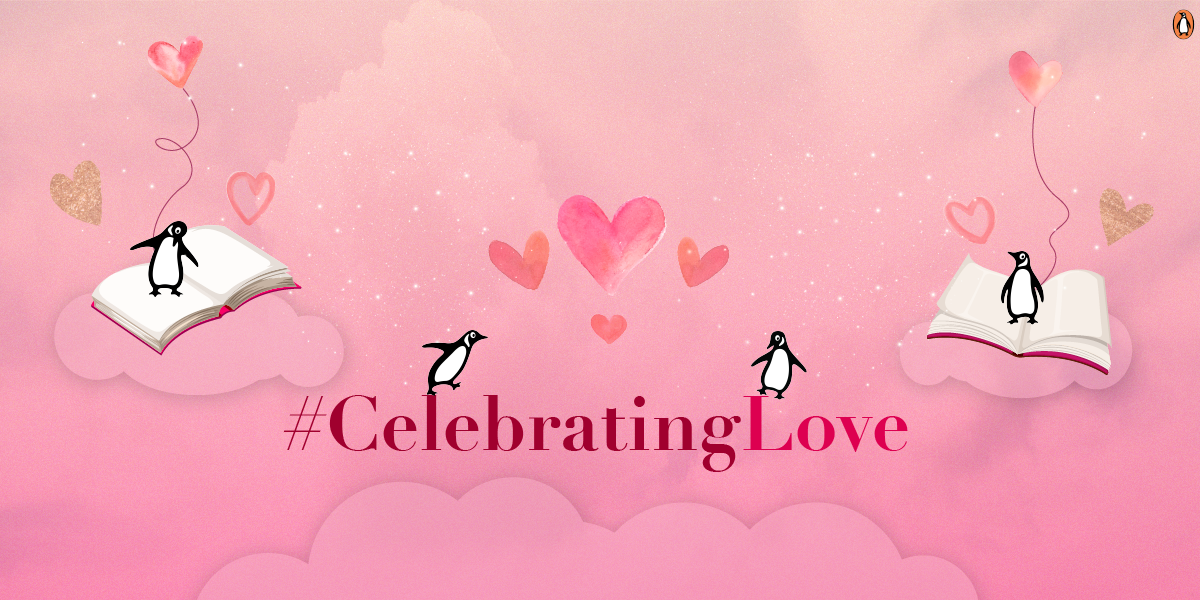








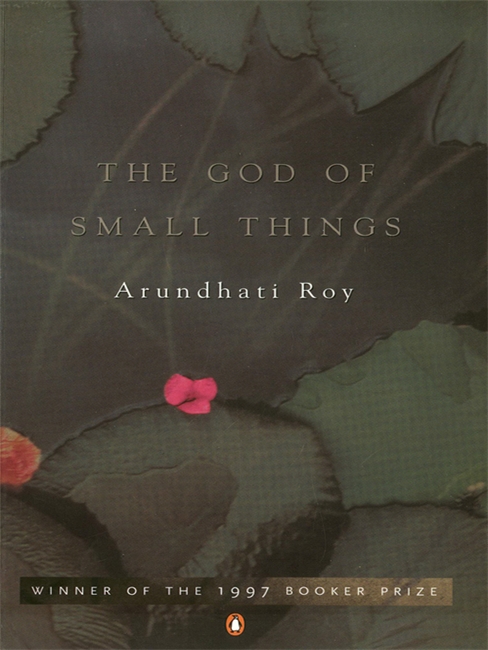


![TILL THE LAST BREATH by [Durjoy Datta]](https://m.media-amazon.com/images/I/512T9fU8ONL.jpg)
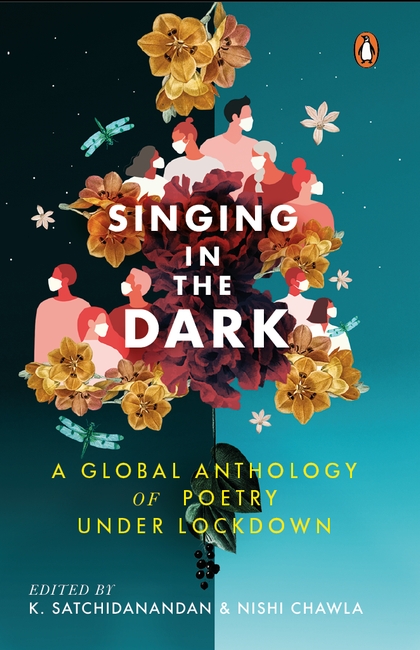






![Simon vs. the Homo Sapiens Agenda by [Becky Albertalli]](https://m.media-amazon.com/images/I/51VnsVVcTuL.jpg)